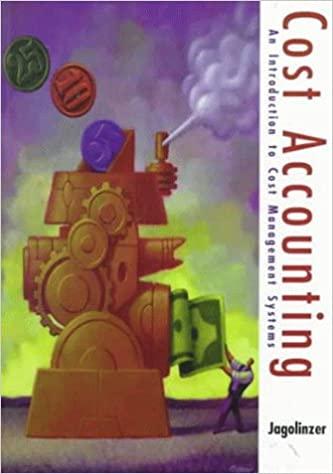Please show and explain all work, there is a similar question to the one posted underneath. Thanks.

supplementary notes from textbook:



aae 34 MH2 Wave a one 2 incident normall d:elechic ~ () to the the so b, Rt com plex voltagea ot dilberen Yeflection ad amomission pom 11-11 CONTINUOUS WAVE (CW) REFLECTIONS AND FEM As an extension of the Bouncing Pulses on the /4 transformer of Example 3-23 (Sec. 3-6), let us consider a case of a continuous wave incident on a thick dielectric slab. For the pulse we tracked only amplitude but for the continuous wave we must track both amplitude and phase. Example 11-6. Continuous wave on dielectric slab. A plane 200 MHz waye is incident normally on a dielectric slab of thickness 3.14 m and r-, 4, r-1,o-0. Calculate the VSWR in the three regions (a) to the left of the slab, (b) within the slab, (c) to the right of the slab and (d) draw the standing-wave pattern Solution. Taking the incident wave field strength equal to 1 Vm-1 and its phase atthe slab boundary as 0, we have from (4-7-9) and (4-7-12) that -j is reflected andis transmitted into the slab. At theright-hand boundary x0.222) is reflected and x-0.889) is transmitted. In crossing the slab the wave travels 2 x (3.14/1.5) -4.19 so at the right boundary the phase equals 0.19 x 360 68. The topof Fig. 11-12tracks theprogress ofthe wave as it bounces back-and-forth between the two boundaries. Adding the waves in air at the left of the left-hand bound- ary, we have 0.333 2180+ 0.296 2137 +0.033 22740.004 250 0.57 2162. Therefore, to the left of the boundary the VSWR- (1 0.57) 0.57)-3.65. Ans. (a). Distance d 3.14nm 333 L1800.6670 0.222L68 0.889L68 0.296L137 0.074L137 0.025L205 0.099 205 0.033 274 0.008 274 0.0031342 0.011342 0.004 50 0,00150 1.6 1.4 Di 08 0.6 0.4 VSWR1 VSWR 3.65 0.2 -1-0.5 0 0.5 1 .5 2 25 3 35 4 Distance, m 20-1892 Zo-377 2o- 3772 FIGURE 11-12 Continuous wave traveling through dielectric slab. Top Magnitude and phase of wave at multiple reflections. Center: Standing-wave pattern as drawn by FEM program of Slone and Lee. Bottom: Equivalent transmission line Proceeding in like manner in the dielectric the VSWR 2.00, Ans. (b), and to the right of the dielectric the VSWR-1.00, Ans. (c). Rodney Slone and Robert Lee of the Ohio State University have developed a fi nite element method (FEM) program whichproduces the standing-wave pattern shown in Fig. 11-12t Ans. (d). They explain the finite element method and apply it to several simple ca ses in cluding the one of Example 11-5. The program has several hundred lines and two sub- routines and can solve and plot the results for much more complex geometries. Thus, it can handle arbitrary values of and for multiple or continuously varying parameters










